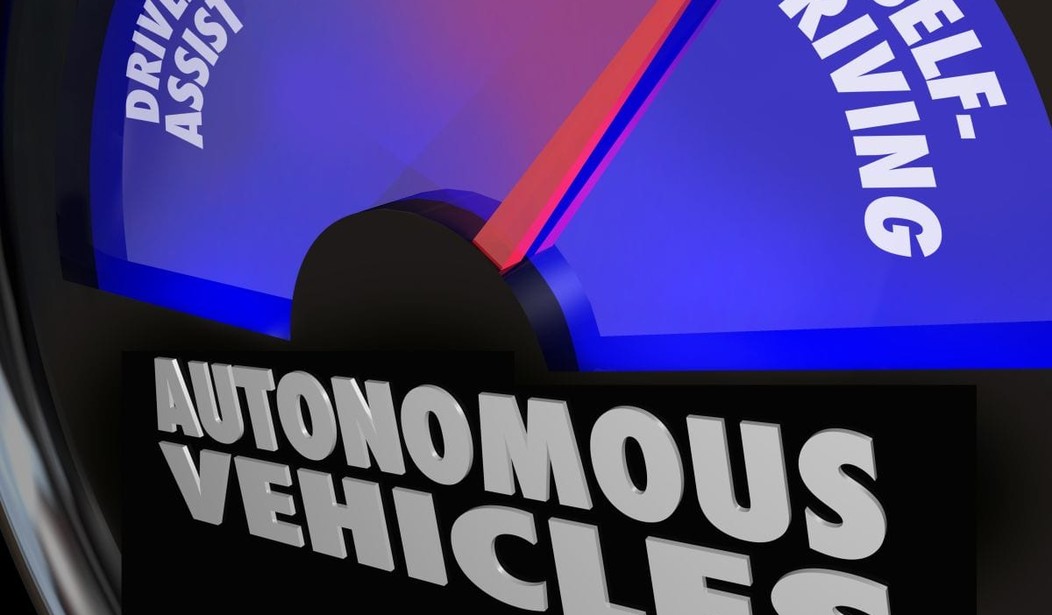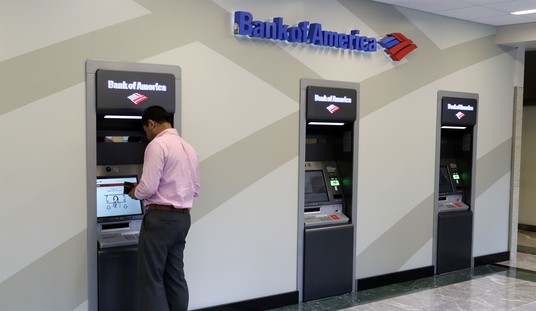On a recent episode of Fox News’ new hit show Tucker Carlson Tonight, I learned something I had not previously known: that jobs as commercial drivers in the U.S. economy are the single-most common jobs held by men without a high school diploma.
In the segment, Tucker Carlson, while making clear that he is all in favor of technological advancement, pressed Arizona Governor Doug Ducey (R) about where those millions of jobs will go if the mainstreaming of driverless cars—specifically commercial-use vehicles that don’t require a human driver—happens as soon as some experts predict it will.
Looking into the matter further, I saw that Carlson had aired an earlier segment with mechanical engineering professor Hod Lipson on the topic, and also that PJ Media contributor Michael Walsh had opined on the issue.
Carlson pressed for answers about the looming job loss, but Governor Ducey to a large extent dodged the questions, and Lipson outright admitted he had no good answers. The responses of both interview subjects can be summarized thusly: autonomous vehicles are going to happen, are already happening; businesses are going to utilize the technology to improve their competitive bottom line; other jobs (that neither interviewee could offer specifics about) will arise to fill the breach; and people who make a living driving are going to—probably sooner rather than later—have to find other employment.
The subcontext presented by Carlson’s guests was that anyone who does not accept this reality is in denial, and as backwardly Luddite as the proverbial buggy whip manufacturers of the late 1800s.
Carlson did a good job representing the voices of populist concern about the ramifications of such large-scale automation in the transportation sector in the years and decades to come. If driverless technology supplants human drivers in everything from courier subcompacts to box trucks to (presumably) long-haul big-rigs, a vast swath of the working-class American public will face inevitable unemployment.
If a company that makes and distributes widgets can purchase for $60k a driverless van with an approximate service life of six years to replace a driver who earns $40k a year, their profit margin will improve exponentially. As Carlson points out, to paraphrase, how many of these drivers can realistically be redirected to service or tech jobs in the future, assuming such jobs exist?
Of course, some version of this equation can be applied to any job that can be automated or robotized.
The ultimate answer to Carlson’s questions may come in the form of a reactionary movement against autonomous vehicles, especially those that take jobs away from real people. Teamsters and other unions may form an alliance aimed at delaying the transition to driverless vehicles, if not stopping them dead in their tracks.
If driverless cars and their ilk are to be stigmatized, lobbied against, indeed demonized, writer Stephen King has given the opposition the perfect poster child, more precisely, the poster vehicle: Christine. From a political perspective, King has proven himself something of a dunderheaded liberal, but he retains the literary crown of horror. Christine was a mechanized Plymouth Fury driven by dark designs to terrorize humankind. “She” was also driverless.
In June of 2016, the first known fatality in a car with no sentient human behind the wheel was disclosed by Tesla Motors. In another alarming incident, reported by the London Daily Mirror, another Tesla on “autopilot” slammed full-speed into a parked lorry. In February of last year, a Google self-driving car rammed into the back of a bus. Lots more collisions like these have occurred, and in fairness, most of the time they’ve been minor and human drivers can be shown to be at fault.
But as autonomous vehicles come more into widespread use, there are going to be serious accidents attributable to them. A driverless bus carrying weekend gamblers to Vegas may err at a railroad crossing. A software glitch might cause a van making medical deliveries to plow into a crosswalk. And if the autonomous vehicle revolution expands in the decades to come to include big-rigs, an oil tanker’s onboard computer may miss a patch of black ice and cause a conflagration.
At milestones along the way to what experts say is in the not-too-distant future (not just for commercial use but for personal use vehicles as well), the safety records of driver versus driverless vehicles will be compared. The results of that comparison will be pivotal in determining when, if ever, humans will decide to accept or attempt to circumvent the autonomous revolution.
Gentlemen, start your engines. The time to start proving that you’re better than Christine is now.









Join the conversation as a VIP Member